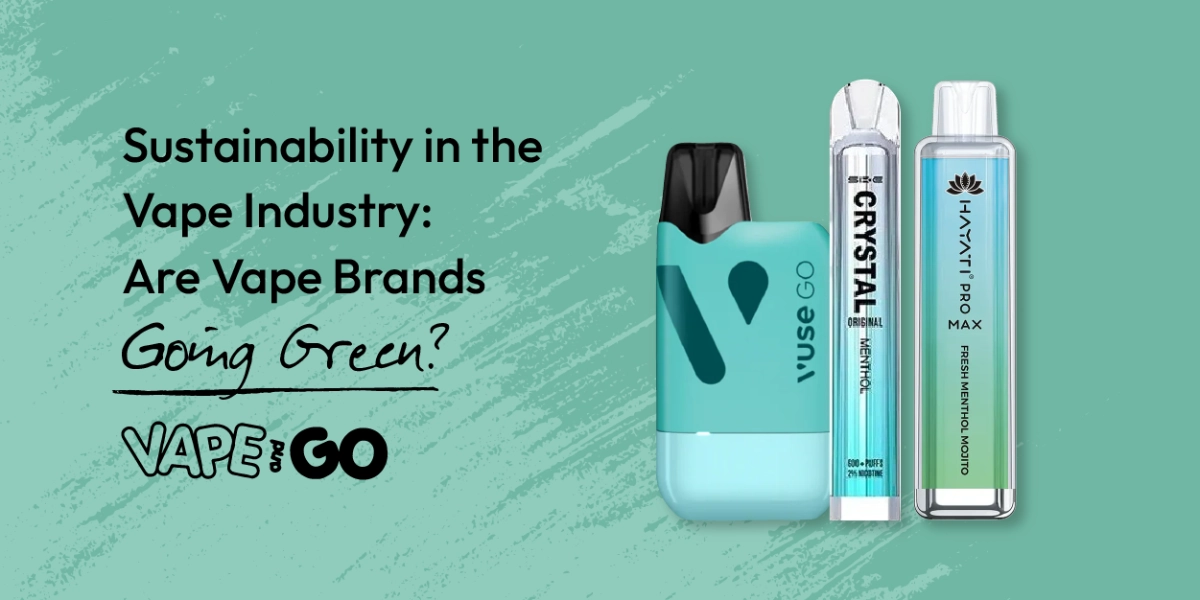
Published on 2025-02-10 11:16:30 by Vape And Go
As the vaping industry continues to grow, so does the conversation around sustainability. With increasing awareness of environmental issues, many vape brands are taking steps to reduce their ecological footprint. This blog explores how brands like SKE Crystal, Hayati Pro Max, and Vuse are embracing sustainability and what it means for consumers and the planet.
Vaping has been marketed as a less harmful alternative to traditional smoking, but it is not without its environmental challenges. Disposable vapes, in particular, contribute significantly to electronic waste (e-waste). Each year, millions of disposable vapes are discarded, leading to a concerning amount of plastic and electronic waste that can take hundreds of years to decompose. The materials used in these devices often contain valuable metals and plastics that could be recycled but typically end up in landfills.
The vape industry has recognized these challenges and is beginning to take action. The focus is shifting towards creating more sustainable products and practices that not only benefit the environment but also appeal to increasingly eco-conscious consumers.
1. Transitioning to Reusable Devices
One of the most effective ways brands are addressing sustainability is by transitioning from disposable vapes to reusable devices. Brands like SKE Crystal have begun offering refillable pod systems that allow users to purchase e-liquids separately instead of relying on single-use products. This shift not only reduces waste but also provides users with greater flexibility in terms of flavour choices and nicotine levels.
Reusable devices are designed for longevity, meaning they can be used multiple times before needing replacement parts. This approach significantly decreases the amount of waste generated compared to disposables. Furthermore, refillable systems can be more cost-effective over time since users are not constantly buying new devices.
2. Eco-Friendly Materials
Another avenue for sustainability is the use of eco-friendly materials in product design. Many brands are exploring biodegradable plastics and recyclable components to reduce their environmental impact. For instance, Hayati Pro Max is known for its commitment to using materials that are easier to recycle and have a lower carbon footprint during production.
By prioritising sustainable materials, these brands not only help reduce waste but also appeal to consumers who are increasingly looking for environmentally responsible options. Packaging plays a crucial role here as well; many companies are opting for minimalistic designs that reduce excess packaging while still protecting their products.
3. Recycling Initiatives
To further combat e-waste, several vape companies are implementing recycling programs aimed at properly disposing of used devices and packaging. Vuse, for example, has launched initiatives encouraging users to return their used vape products for recycling. These programs help ensure that valuable materials are repurposed rather than ending up in landfills.
Additionally, some brands are collaborating with recycling companies to create dedicated collection points where consumers can drop off their used vapes safely. This not only promotes responsible disposal but also raises awareness about the importance of recycling within the vaping community.
While brands play a crucial role in promoting sustainability, consumer education is equally important. Many vapers may not be aware of the environmental impact of their choices or how they can contribute to a more sustainable future. Vape companies must actively engage with their customers, providing information on proper disposal methods and the benefits of using reusable products.
By fostering a culture of sustainability among consumers, brands can encourage responsible consumption habits that extend beyond just vaping. Educating users about the importance of reducing waste and choosing eco-friendly options can lead to a more significant impact on the environment.
The future looks promising for sustainable vaping as more brands commit to eco-friendly practices. With increasing regulations on disposable products and growing consumer demand for greener alternatives, the industry is poised for change.
Innovations in technology will continue to drive this shift towards sustainability. As manufacturers invest in research and development, we can expect new products that enhance user experience while minimising environmental impact. For instance, advancements in battery technology could lead to longer-lasting devices that require fewer replacements, further reducing waste.
Moreover, collaborations between brands, retailers, and regulatory bodies will be essential in establishing comprehensive recycling systems tailored specifically for vaping products. By working together, stakeholders can create effective solutions that benefit both the industry and the environment.
Sustainability in the vape industry is no longer just a buzzword; it’s becoming a fundamental aspect of how brands operate. Companies like SKE Crystal, Hayati Pro Max, and Vuse are leading the charge by implementing innovative practices aimed at reducing waste and promoting eco-friendly alternatives.
As consumers become more aware of their environmental impact, they have the power to influence the market by choosing sustainable options. By supporting brands committed to sustainability, vapers can enjoy their experience while contributing positively to the planet.
The journey towards sustainable vaping is ongoing, but with collective efforts from both manufacturers and consumers, we can work towards a greener future—one puff at a time.
Salman Essap is the founder and CEO of Vape and Go, a leading online retailer of high-quality vaping products and accessories. Alongside his crucial involvement in the company, he is passionate about vaping and is committed to helping others switch from harmful tobacco products to safer alternatives. Salman is an expert in the vaping industry and has extensive knowledge of the latest trends, technologies, and innovations.
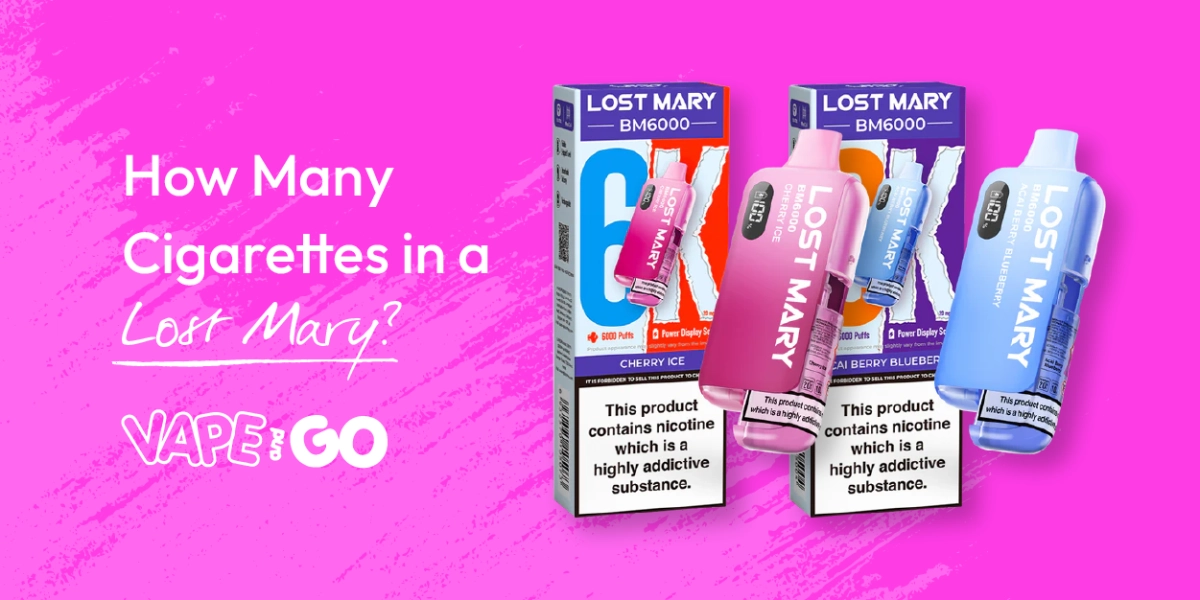
When switching from smoking to vaping, many people wonder how many cigarettes a Lost Mary is equivalent to in terms of nicotine intake and puff count. Understanding the Lost Mary cigarette equivalent allows vapers to estimate how long a Lost Mary vape lasts compared to cigarettes and how much nicotine they’re consuming with each device.
Published on 20-02-2025 13:14 PM by Vape And Go
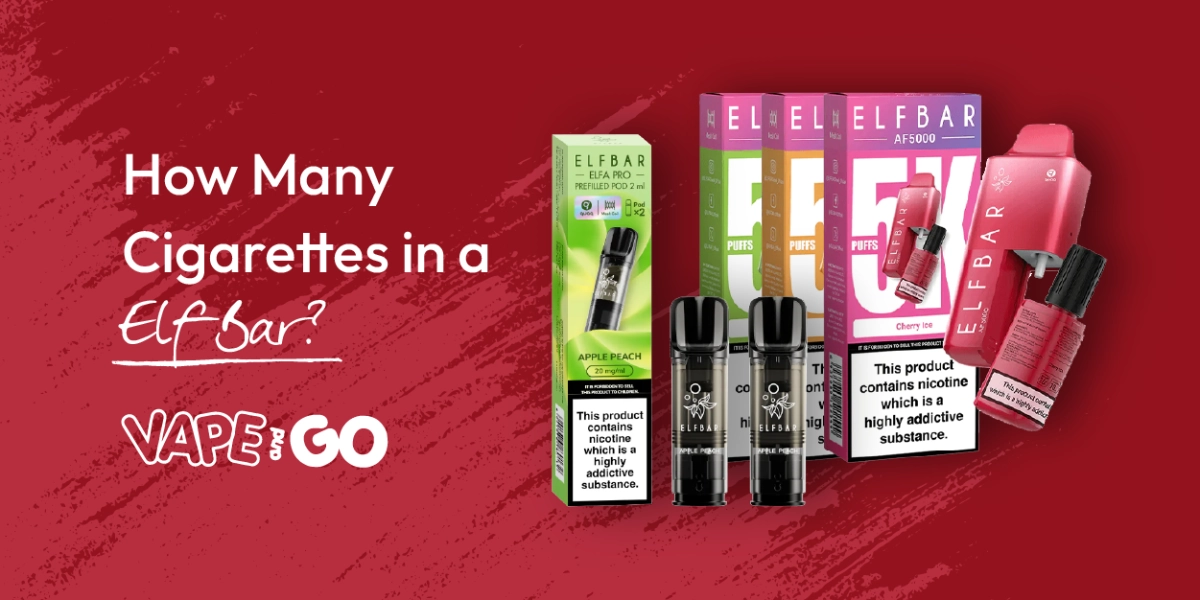
Elf Bar has become one of the most popular disposable vapes, often compared to traditional cigarettes in terms of nicotine strength and usage. Many smokers switching to vaping ask, "How many cigarettes is an Elf Bar equivalent to?" The answer depends on several factors, including puff count, nicotine absorption, and vaping style.
Published on 20-02-2025 13:11 PM by Vape And Go
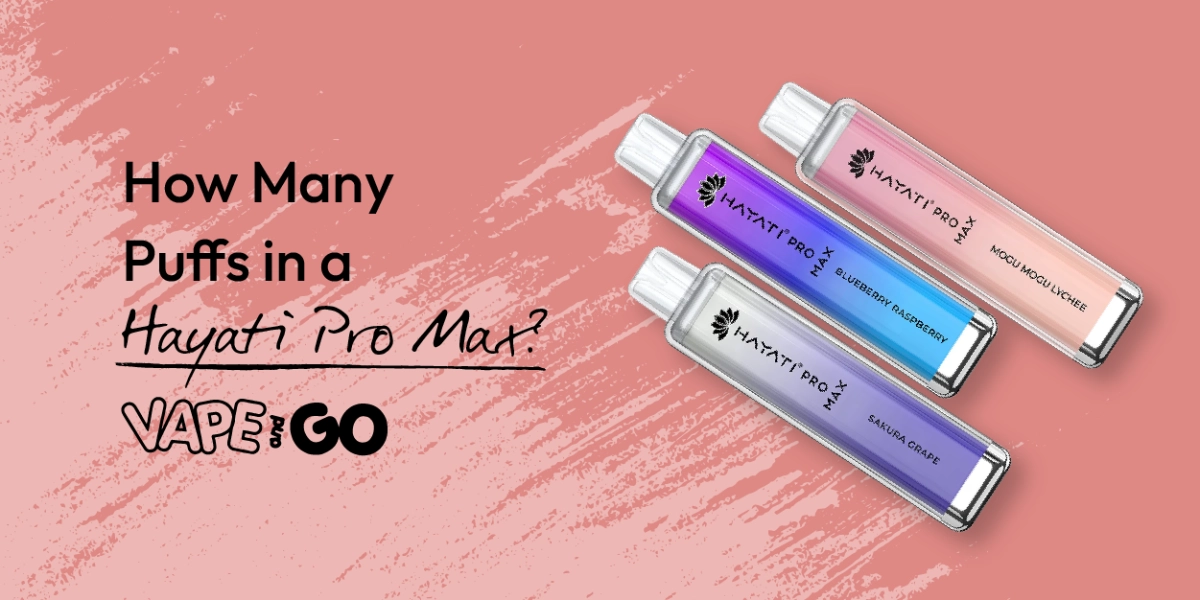
The Hayati Pro Max is a popular high-capacity disposable vape, known for its impressive puff count and long-lasting performance. With so many disposable vapes on the market, many vapers want to know: how many puffs does a Hayati Pro Max have?
Published on 20-02-2025 13:01 PM by Vape And Go
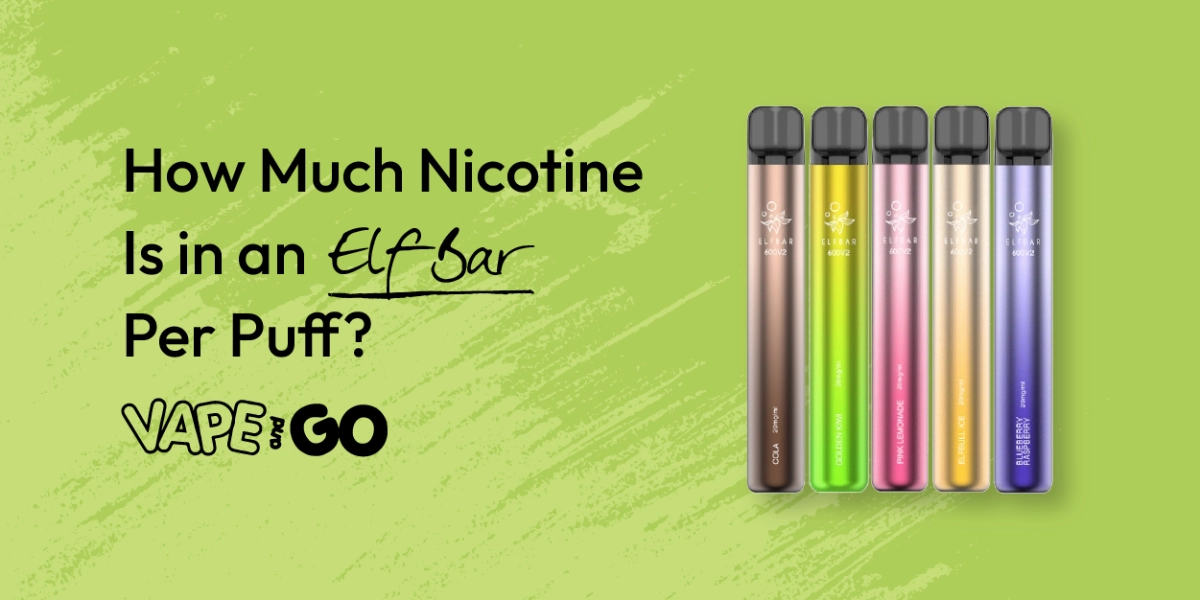
Elf Bars are among the most popular disposable vapes, offering a range of nicotine strengths to suit different preferences. But exactly how much nicotine is in an Elf Bar per puff? Whether you’re curious about total nicotine content, how it compares to cigarettes, or how different models vary, understanding Elf Bar nicotine levels can help you choose the right device.
Published on 20-02-2025 12:45 PM by Vape And Go